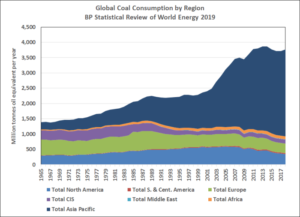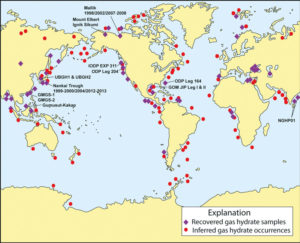par J.P. Bardinet, 16 janvier 2020 in Contrepoints
L ’éolien ne sert à rien et la politique gouvernementale, voulue par l’Union européenne, Emmanuel Macron et ses deux prédécesseurs, est néfaste pour notre pays.
Lors de son évolution, l’humanité a utilisé des énergies primaires avec des densités énergétiques de plus en plus fortes : bois, charbon, gaz, pétrole, uranium. La densité énergétique des énergies renouvelables (EnR), éolien et solaire, est très faible, ce qui est une régression sans précédent dans l’histoire de l’humanité.
Chiffres de production totale RTE 2018 : 548,6 TWh dont
- nucléaire 71,7 %
- thermique à combustible fossile 7,2 %
- hydraulique 12,5 %
- éolien 5,1 %
- solaire 1,9 %
- agroénergies 1,8 %
Le facteur de charge de l’éolien est de 21 % et celui du solaire de 13,6 %.
Ces EnR intermittentes ont de faibles facteurs de charge, ce sont donc des moyens de production peu efficaces, mais particulièrement onéreux.
L’Espagne et l’Allemagne en ont fait la douloureuse expérience.
Avant le développement des EnR intermittentes, nous exportions environ 10 % de notre production d’électricité. Nous pouvons donc nous demander pourquoi nos gouvernants, à la suite des Directives de la Commission européenne, ont imposé manu militari ces EnR intermittentes alors qu’une politique de prolongation de la durée de vie des centrales nucléaires, un programme de construction de plusieurs EPR, et un financement approprié de la R&D sur la surgénération à uranium appauvri auraient été les meilleures options.
La filière des SMR (small size reactors) qui utilise la technologie des sous-marins nucléaires, serait également une piste à développer, car elle permettrait de produire de l’électricité à proximité des centres de consommation, rendant ainsi les pertes lors du transport quasiment nulles.
LE CO2 LOURDEMENT TAXÉ
Les politiques climat-énergie de notre pays et de la plupart de pays de l’UE sont basées sur l’hypothèse non prouvée que nos émissions de CO2 ont une action mesurable sur la température moyenne annuelle globale (TMAG) et sur le climat de notre planète.
…
…


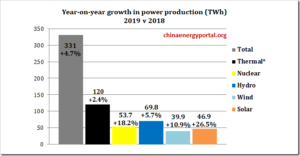



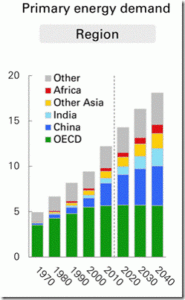
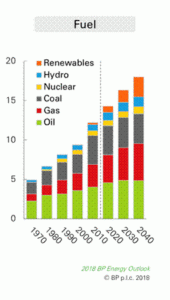


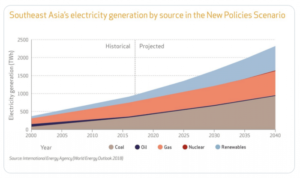
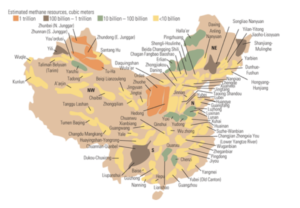

 Figure 2. “The effects American ingenuity and new technology can have.”…
Figure 2. “The effects American ingenuity and new technology can have.”…